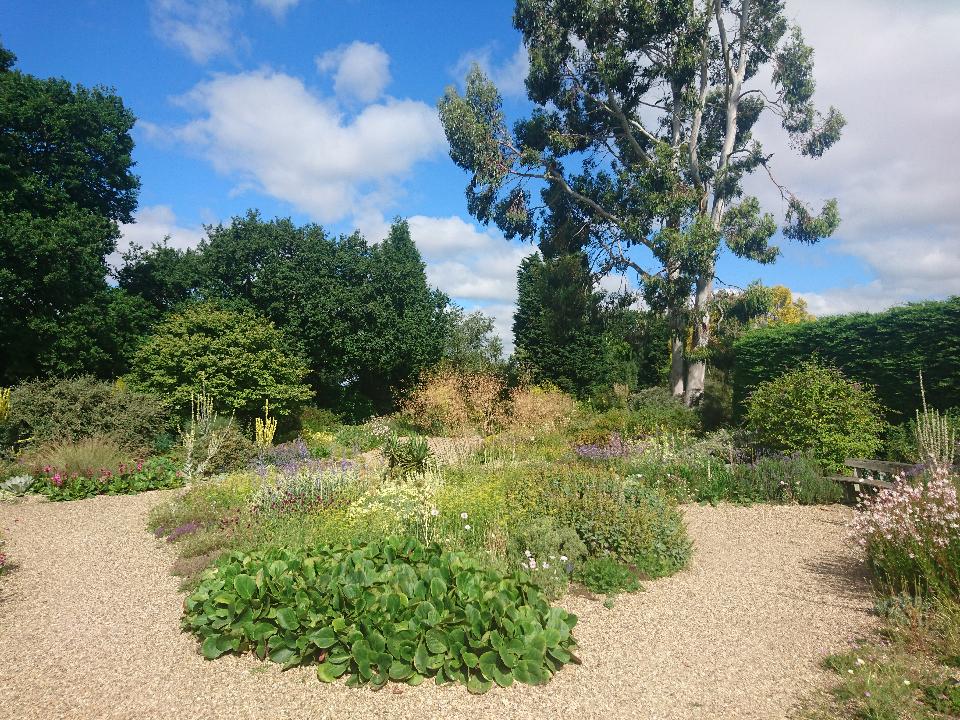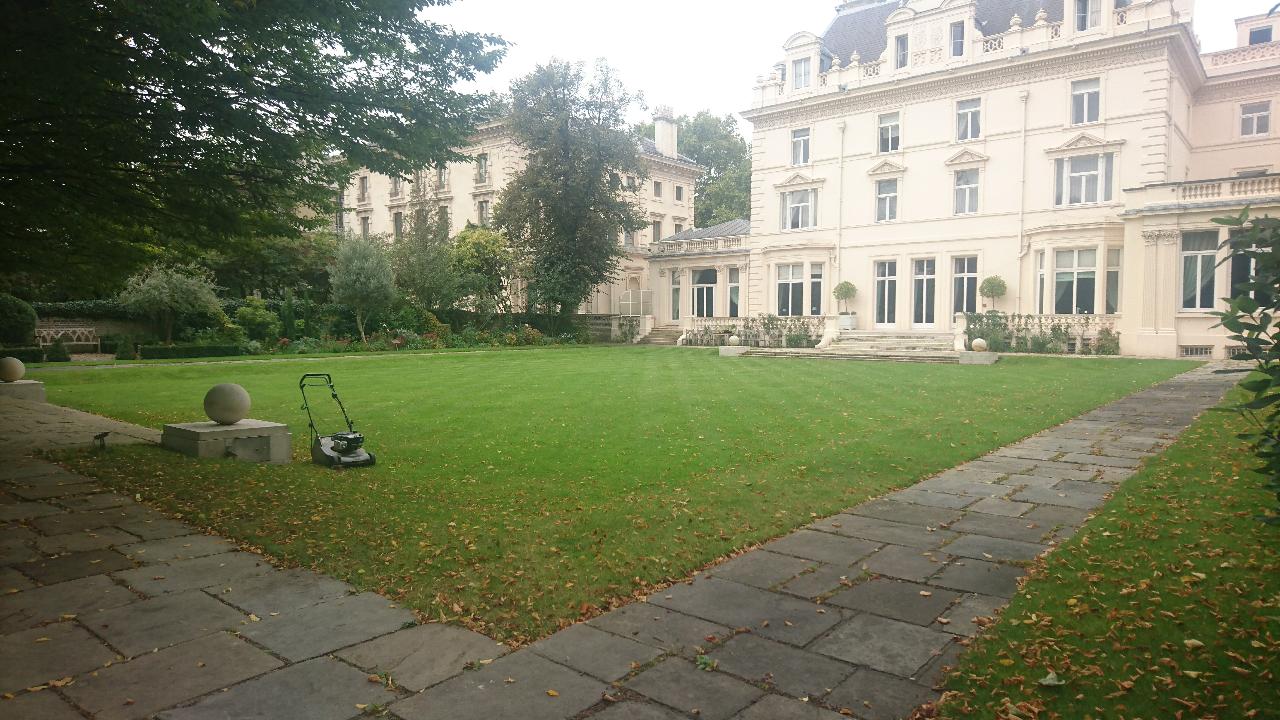My fascination and inspiration for gardens started as a teenager watching Ground Force, watching Alan Titchmarsh and his team turn people’s back gardens into beautiful functional areas. Since then i became interested in horticulture as a career and started to take photographs and assemble ideas from gardening magazines and the internet.
I decided to continue my love for outdoor space by getting a job as a Horticultural Assistant in a garden center. I was working in the plants section and something suddenly clicked. I started seeing plants differently. I noticed the difference between the colours, textures and scent of varieties. My knowledge of plants was expanding and I was finding my new passion. I started visiting gardens including Kew, Hyde Hall, Beth Chatto’s, Sheffield Park and Anglesey Abbey, where I took many photographs. I felt inspired by naturalistic styles and informal landscapes.
I decided to explore Garden Design and attended a Higher Certificate in Garden Design at Writtle College. My tutor taught me to emphasis gardening with sustainability. I was inspired by this and started to use it in my own gardening business.
Beth Chatto’s, Dry Garden

This picture was taken in June 2017. I have been going to Beth Chatto’s garden for seven years. I love the naturalistic style; how she has designed the space in an informal way with Island beds that can be walked around and seen from all angles, taller plants and trees in the middle, layering down to smaller shrubs and perennials with ground cover spilling out over the edges. It is the informal style that I find so important in garden design. I believe that we should work with nature; nature is rough, nature plants in odd numbers, nature is repetitive and random. You can see this beufully illustrated in the picture. These are all elements that Beth Chatto uses to create, not just a dry garden but many other areas of the garden that have different aspects and conditions; such as a woodland area, a lake surrounded by boggy planting and a scree garden. Another amazing element to the dry garden is that it has never been watered; all water has come from precipitation. The area is covered by gravel that has held the moisture in but the plants chosen are specifically suited to the drought conditions. This is Beth Chatto’s philosophy. ‘Right plant right place’. This is very important in today’s world when climate change and water shortage issues are prevalent.
For the last three years I have maintained and developed the garden of the French Ambassador’s residence in Kensington which is a formal garden designed in a balanced proportion to the architecture of the building.


These pictures show that you can combine styles and elements such as formal and naturalistic. You can see the large trees, ‘toporised’ shrubs and perpendicular hornbeam hedging breaking up the long borders into sections which create the bones and structure of the garden but with perennials softening the straight lines, adding colour and interest throughout the year. The large formal lawn area is used for functions and parties and the pathway allows people to walk around the perimeter admiring the borders. This is important, in such a prestigious place, to be able to impress official guests. This has been done for centuries in places such as Versailles to demonstrate power and influence.
Through developing my gardening business and working with different clients’ needs and styles, I have broadened my appreciation of various styles. For example, I have designed a wildlife garden, architectural planted borders, a contemporary courtyard, a churchyard and have maintained many different outdoor spaces. All of which has inspired me to a wide range of interest in plants and design styles.
Leave a reply